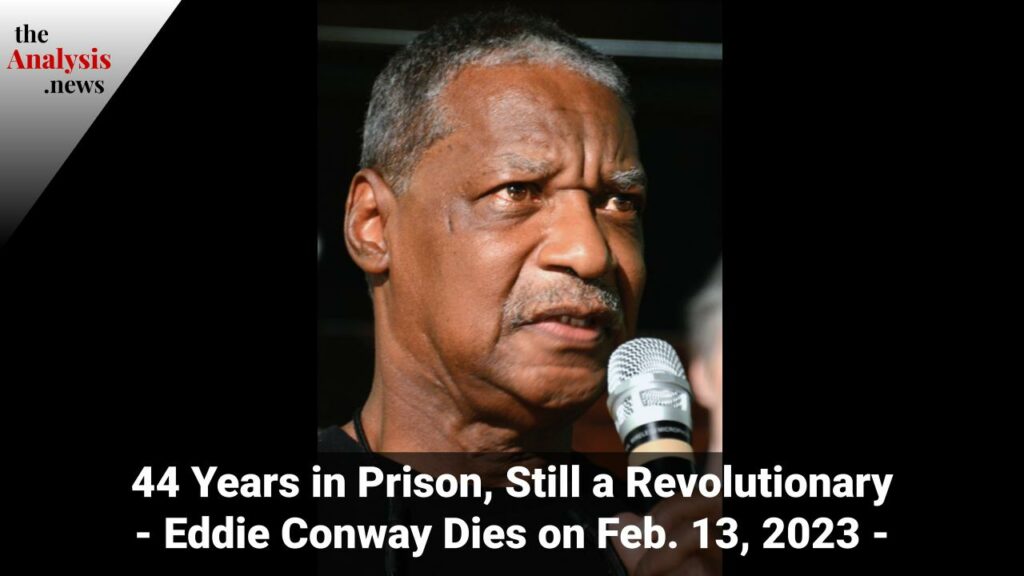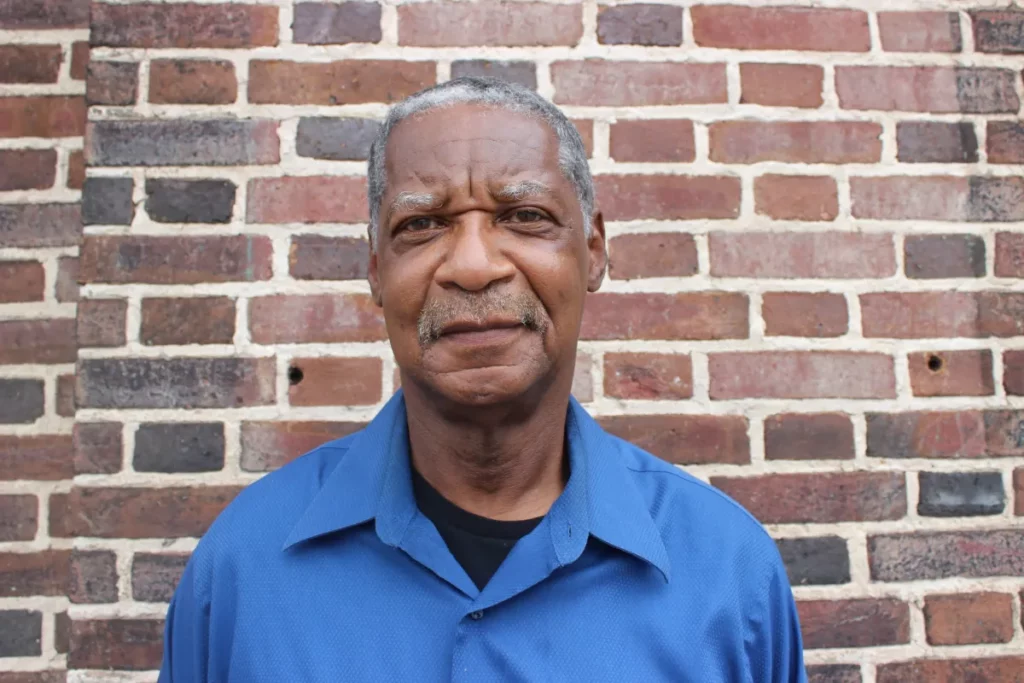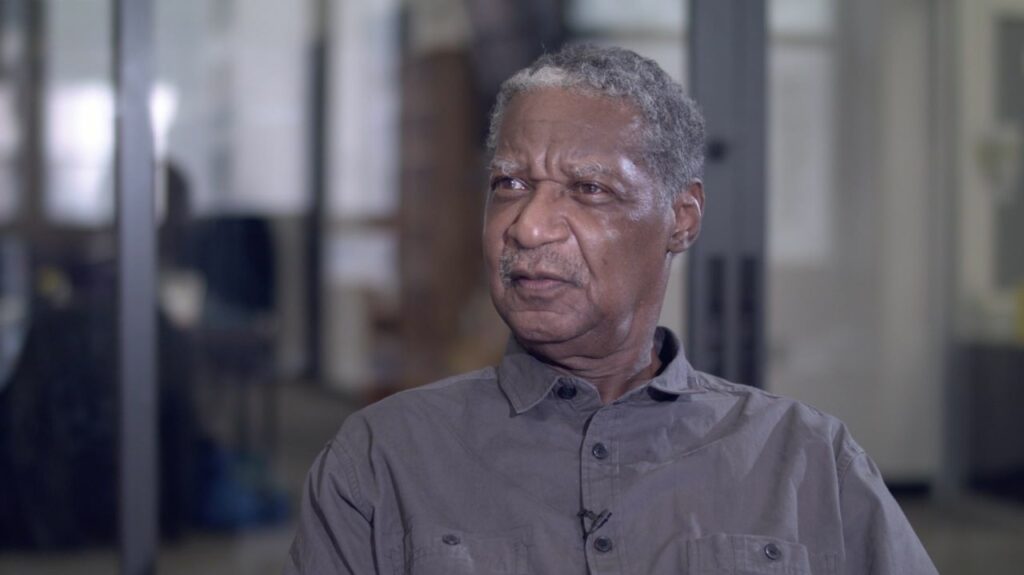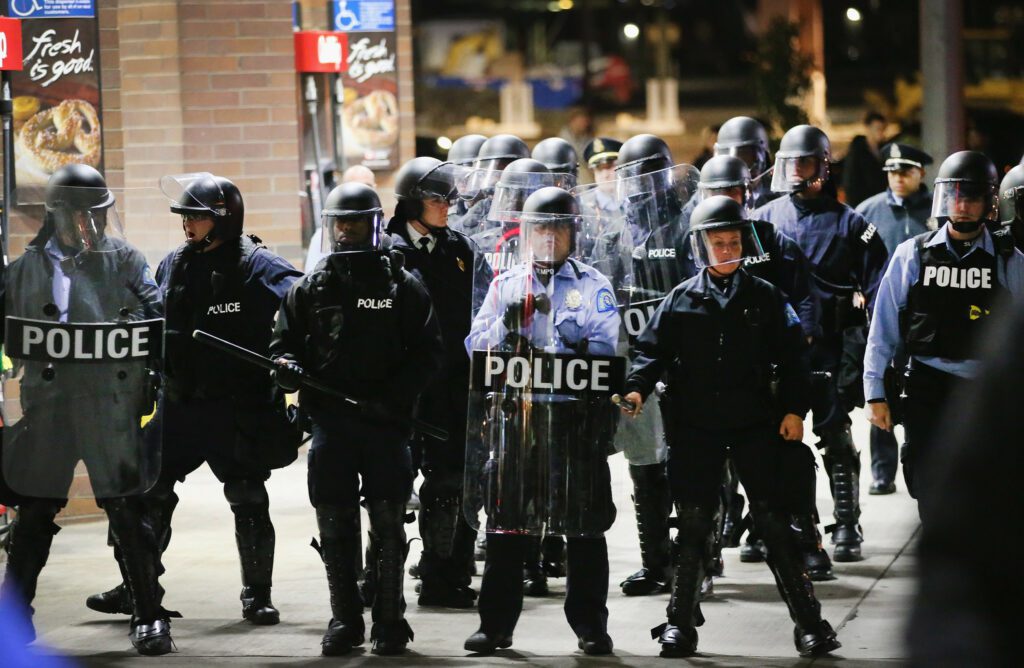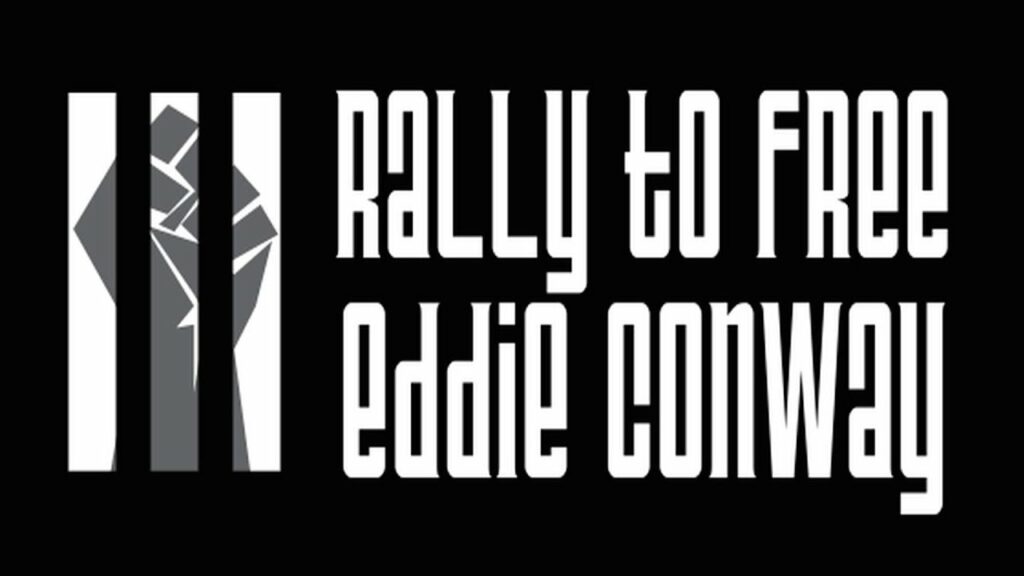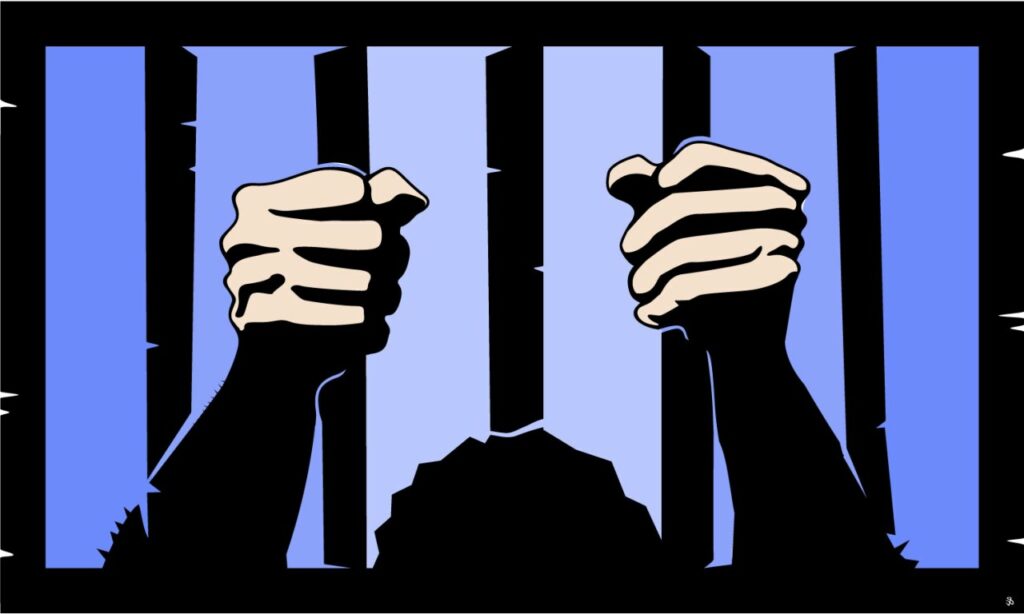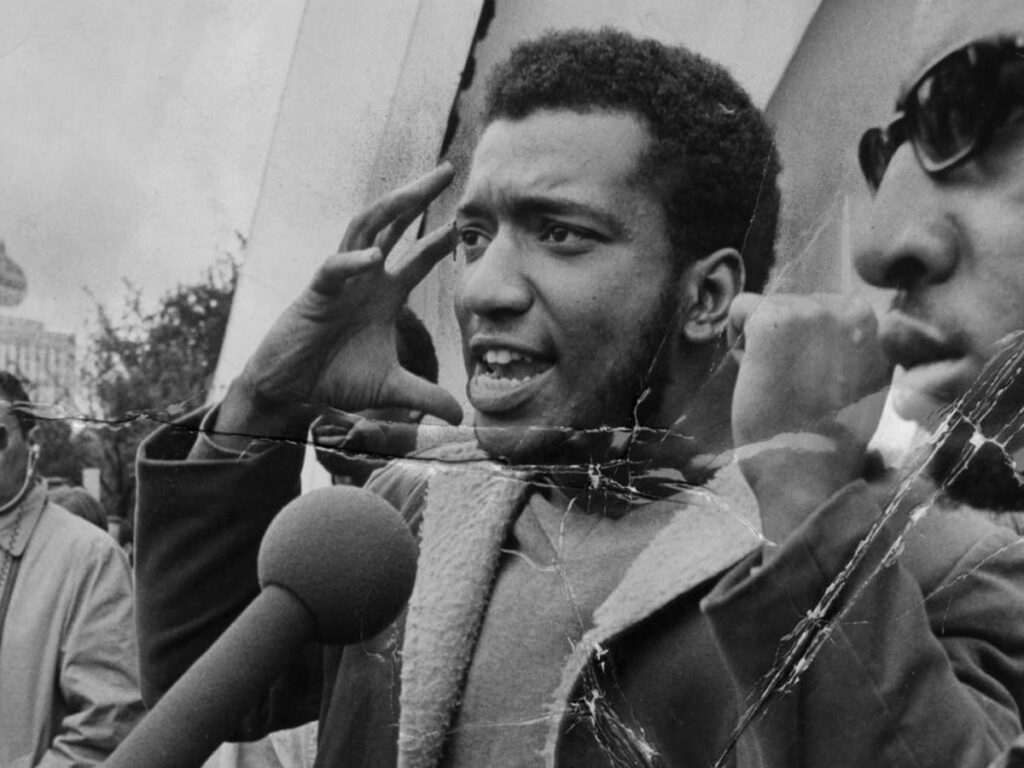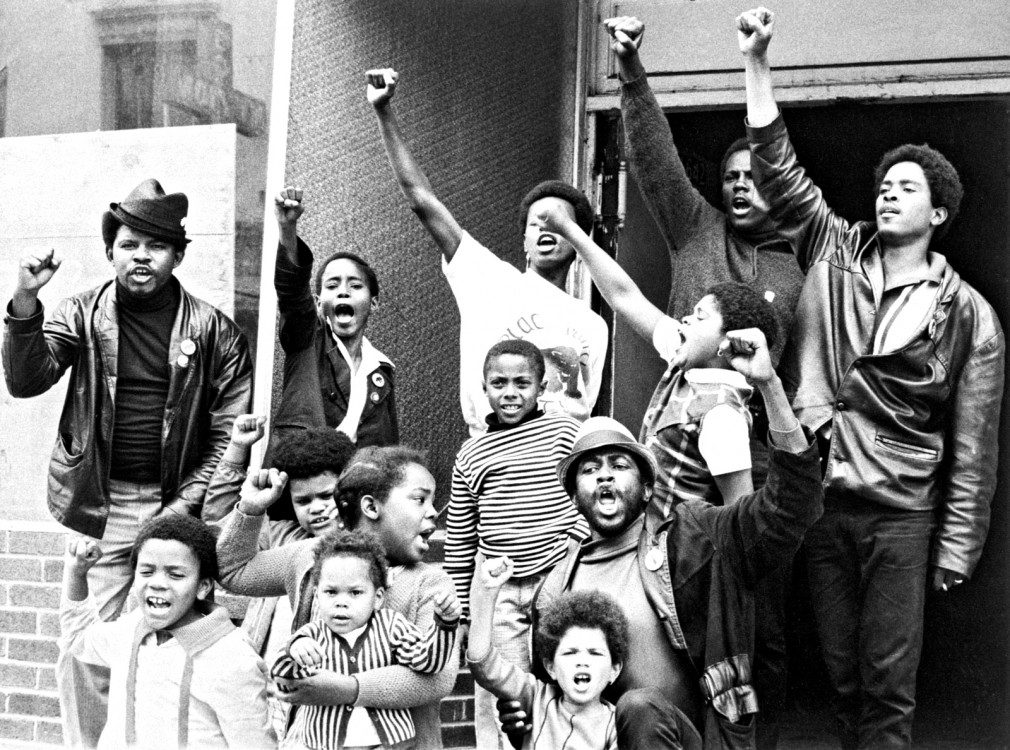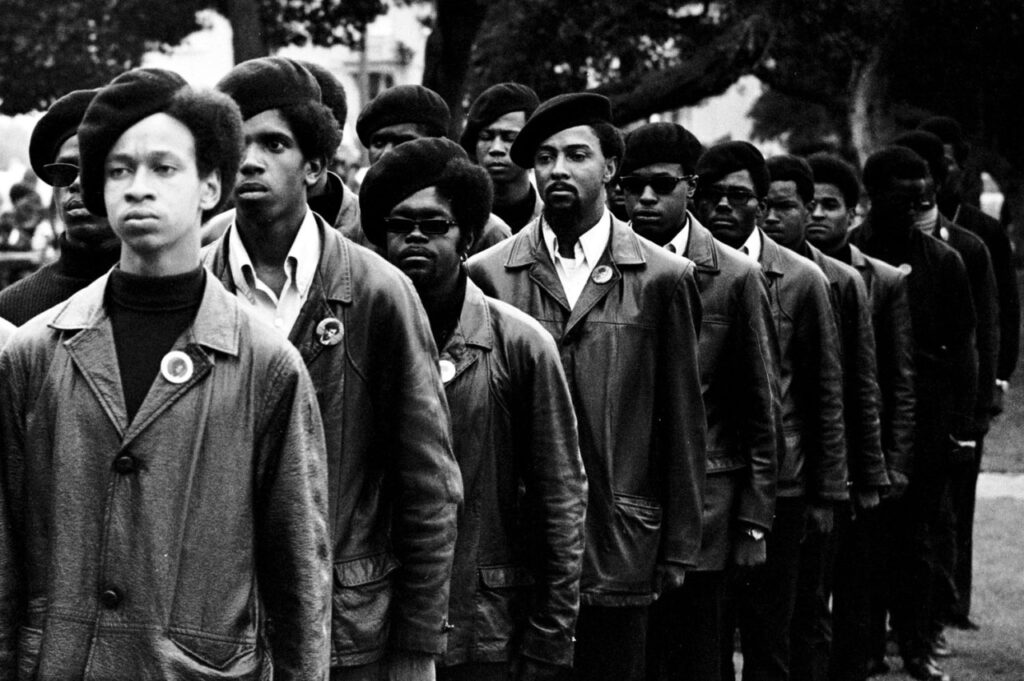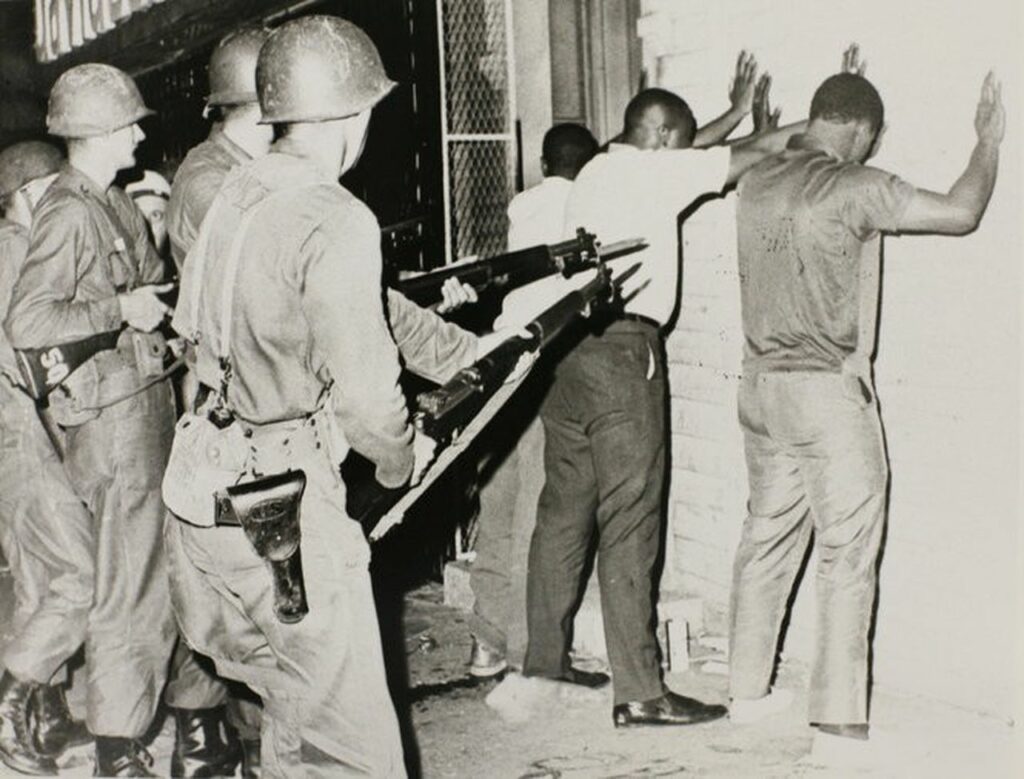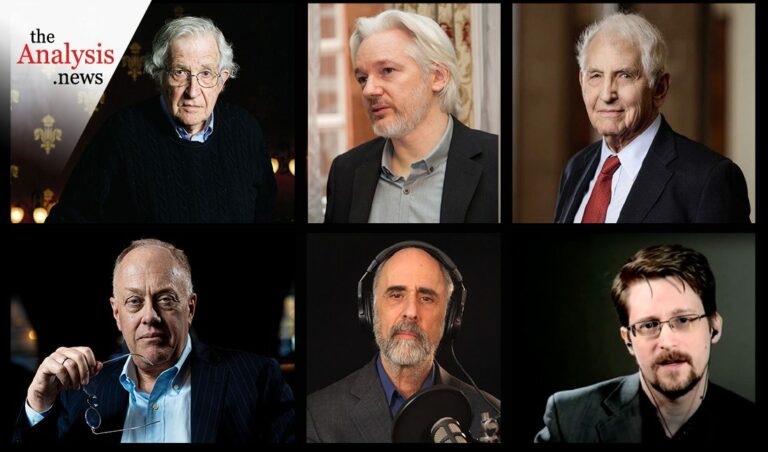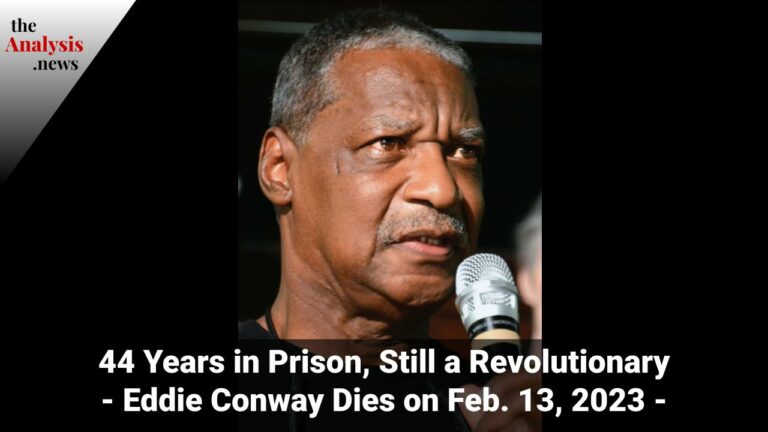Murders take place in Baltimore at a rate that compares with New York, thirteen times the size; Eddie Conway says deep poverty, unemployment, and brutal policing are contributing factors to the murder epidemic – on Reality Asserts Itself with Paul Jay. This is an episode of Reality Asserts Itself, produced on March 26, 2019.
TRANSCRIPT
PAUL JAY: Welcome back to Reality Asserts Itself on The Real News Network. I’m Paul Jay.
In Baltimore, there were 309 murders in 2018. Most homicide victims were black, 291 of all victims, and male, 275 victims. Most were between the ages of 25 and 39, that’s 154 of the over 300 victims. 17 were juveniles, 10 of whom were under the age of 10. So far, in 2019, that’s mid March, there have been 53 murders, and summer is coming. The city is likely to see more than 300 murders again, that’s more than New York City, 13 times the size of Baltimore.
Now joining us to continue our Reality Asserts Itself series is Eddie Conway. Thanks for joining us again, Eddie.
EDDIE CONWAY: OK. Thanks for having me back.
PAUL JAY: So again, watch the whole other parts of the Eddie Conway series and you’ll get a sense of who Eddie is and what he means for Baltimore. But let’s talk about these continued crazy homicide numbers, over 300, something that almost has become a norm in Baltimore. It almost fades into the background. And there are attempts to have ceasefire campaigns and certainly people are concerned, and there’s an overall concern for how do you get to a safer city. You host a show on The Real News called Rattling the Bars, which the underlying thesis of that show is about how do you get to a safer city, and you don’t get there by treating people like animals.
But talk a bit about why this homicide rate continues. And the area you’re working in, as we talked about in the last segment, Tubman House, your community center is right in one the most ground zero of murders in Baltimore. What goes on there? Now, I understand the police, either because of the way they harass and brutalize people, add to the psychological pressure of the poverty, and lot of people complain that when you actually need policing, they’re not there. But that’s not the only factor in terms of why there’s so much poor black person on poor black person violence. Talk about the conditions that give rise to this.
EDDIE CONWAY: Well, one of the things is–and there’s several things that contribute to it, way beyond the way in which the police police the area. And of course, the first and foremost is the massive unemployment in what we consider as the Black Butterfly.
PAUL JAY: Now, the Black Butterfly, we can put this on screen. There’s a section in Baltimore, for people that don’t know the city, where you go kind of down Charles Street and then it kind of takes a turn into the Inner Harbor, and then you go down into Fells Point. This is where you have gentrification and majority white population. And if you live in the L, it’s actually relatively safe. There’s incidents of violence, but nothing that compares to the areas of poverty on either side of this L, both in West and East Baltimore.
EDDIE CONWAY: OK. So in those areas is the areas where you find, one, massive unemployment. But you also find massive, open air drug markets, because people are finding ways to self medicate to cope with the reality they see, which is deteriorating housing stocks, which is poverty all around them, which is food deserts in all too many cases, which is the collapse of school systems in a particular area. They’re faced with all that and there is a frustration, there’s a hostility, and there’s an anger, and there’s an anger that spills out on each other in terms of conflict.
BATTLEGROUND BALTIMORE
One reason why The Real News Network calls Baltimore home is because we know that the struggles the people in this majority-minority city face (unequitable access to resources like education, clean air, and transportation, for example) are the struggles people face all over the globe. We hope our reporting will help keep our friends and neighbors abreast of what’s going on in our city, but also resonate with people united in the struggle everywhere.
Don’t miss our weekly Battleground Baltimore news roundup from the Baltimore trenches:SUBSCRIBE TO OUR BATTLEGROUND BALTIMORE NEWSLETTER
But I maintain, and after spending 44 years in prison, that one of the things is you find that the largest percentage of people that’s locked up in Maryland come from the Black Butterfly, these zip codes. The largest returning population from the prison system returns back to those areas. And what I’ve observed in the prison system is you take people from an urban environment, young black men from an urban environment, women too now, and you send them to rural area prisons where you have a white culture and a white kind of attitude that thinks that, one, that the people that are being put in charge need to be controlled, contained through either racism or white supremacy, or just really patriotism.
There’s a tremendous amount of violence that goes on in Hagerstown, in Cumberland, these all white areas, mostly white guard forces, largely, 75 percent, people of color locked up, in Somerset. The violence that’s perpetrated against the prisoners–and sometimes not without cause, people get angry, they explode, they take off, they get attacked, they get beat. That happens.
PAUL JAY: I understand the situation not just in prisons in Maryland, but right across North America, really, the state, the way it runs the prisons, is to have gangs that are amongst the most violent people to help run the prisons. They’re actually allowed to kind of carry on, to perpetuate this level of violence.
EDDIE CONWAY: Yeah, they control everything, the commerce, everything that goes on in there. Well, individuals that suffer the consequences of this kind of behavior come home angry, frustrated, and they have transferred aggression. And as soon as they come in contact with somebody, they have two attitudes. One, “I got convicted and I got sentenced and I did my time, but the community forgot about me, they allowed all this abuse to take place, nobody spoke up, nobody came and visited me. I’m 200 miles away from home, I’m isolated. It’s your fault in the community, and now you have the nerve to talk to me or bump into me or act hostile to me.” Well, that violence just explodes. And I maintain that a lot of the violence from the gangs, and I call them street organizations, that you see in our community is manufactured in the prison system.
PAUL JAY: Yeah. And I think what I’ve learned after being here now in Baltimore six, seven years, none of this poverty is like an accident. It’s the result of very deliberate policy, including policy to make neighborhoods of Baltimore unlivable, to help create the conditions for gentrification. The war on drugs was actually a war on poor people. And so many of the people you’re talking about, you get out of prison, you cannot get a job once you have this kind of record. And you grow up, even as a kid, your family, who somebody, a father or a mother sometimes can’t get a job. And in such poverty, there’s no other way to earn a living but get on the street corner and be part of the illegal culture.
And the underlying thing here is poverty is profitable. Not for poor people, but it’s damn profitable for the mass incarceration industry, it’s very profitable for lawyers, the whole judicial system, certainly for cops. I mentioned this before on The Real News, but I’ve had cops tell me to go look at the time of day that cops bust people for marijuana and you’ll often find it’s like an hour or two before shift change because you can generate overtime because you’re going to hang around all evening getting paid, I don’t know if it’s double or triple time.
And the most important underlying issue is that many people in this area, in spite of the fact that in these areas it’s so hard to get jobs for people that have been incarcerated, many of the people living in these areas do have jobs. It’s at least, I think, half in the unemployment. Might be 50 percent.
EDDIE CONWAY: Yes, it is.
PAUL JAY: But if it’s 50 percent unemployment, then it’s 50 percent employment. And that’s the people who are working for minimum wage, doing the crappiest jobs, because they’re desperate for a livelihood. And then kids get born into all of this. But who profits from such cheap labor? Well, all the big institutions of Baltimore.
PAUL JAY: So you get the consequence of this poverty, as I say, which is deliberate, because there’s real policies that perpetuate it, there’s laws that perpetuate it, the police enforce a legal structure. And the fundamental way Baltimore deals with creating a safer city is to contain the violence within this Butterfly, these poor neighborhoods, so it doesn’t get out into the especially more affluent neighborhoods, and especially white, more affluent neighborhoods.
But why isn’t there more politicization? The rage is so kept within the neighborhoods, and to such an extent turned on each other. And you don’t see more of a political consciousness developing where people fight back against the real source of their problems, which is the elites who are benefiting from all this, mostly white elites, but not only.
EDDIE CONWAY: Well, because there is a very safe and intact black middle class and black ruling class that work with the economic elites that are mainly white and have been doing that for decades. They maintain control of the political movements in the city by buying people off with the nonprofit industry. They find out who’s the most loud activists and they scoop in, they give them city jobs, they give them fellowships, they give them publicity, they declare them the 100 most successful people for this year.
And they buy people off. They buy them off, they redirect them, and they even give grants, and grants are incumbent upon how you behave next year, whether you get another grant. And they have been doing this for decades, and it’s called Weed and Seed. And the people that don’t buy into that end up either getting locked up or marginalized in such a way, or even they find ways in which to assassinate their characters and make them non-viable in terms of organizing.
PAUL JAY: Now, there are some signs of change. There’s a small group now in city council that are quite progressive and are calling for much more fundamental change, and advocating policies that tend to alleviate the situation. But what else should be done in terms of what the community can do and what kind of public policy people should support and vote for? How do you see this?
EDDIE CONWAY: Well, there’s several things there. Because on the ground, to some degree, even though I’m not necessarily networked with all of these people, there is a large number of people organizing on the ground in small pockets across the city, whether they’re creating urban farms, whether they’re organize against environmental conditions, whether they’re organizing and about gun control, cease fire, et cetera. But at some point, if you could take away the nonprofit leaders and organizers, if you could get those grassroots people on the ground to network, you do have a force that’s possible to make significant changes in city council and significant changes in the city itself. That exists, one.
And another thing should be that more focus should be geared toward Safe Streets, organizations like that, in which people in the community are working toward changing those conditions.
PAUL JAY: Yeah, Safe Streets is a program where usually former incarcerated people are going into the community and trying to deal with violence.
Yeah, and they deal with the violence before it occurs, they negotiate settlements and agreements to stop the violence wherever they can. Things like that need to be encouraged and financed. More jobs need to be made available. The average person that’s working on the street corner in illegal activities don’t make as much as you make at McDonald’s in a week. And they put their life at risk, they put their liberty at risk. And they always uptight, stressed out, traumatized, and worried about who’s sneaking up behind them or when the next blow is going to come.
If they could make a living wage, that’s 15 dollars an hour, if they could make a living wage, they would gladly take any job. I’ve talked to young people like this all the time. And they say, “Get me a job that would do that, but I don’t want a job that I have to come home and still be in poverty after working all week or I don’t see any way out. On the street corner, it’s bad business being there, but maybe if I’m lucky I’ll find a way out.”
PAUL JAY: So we’re going to be starting a show soon, we’re calling it Real Talk Tho, which I’ve just learned is something people say here, they put a “tho” at the end of “real talk” to mean they’re serious and they’re not going to talk B.S. We’re going to be doing it at Ida B’s, which is a restaurant The Real News is part of, it’s in our building, Ida B’s Table, named after Ida B. Wells. And we’re going to try to create a platform to have people come from the community to talk about what needs to be done and help facilitate this kind of having a real vision for what could be done in Baltimore. How do you see that show and what are your hopes for it?
EDDIE CONWAY: Well, my hope for it is that it will bring together, which is the reason for Ida B’s in the first place, it will bring together organizers and activists in this city, will give them a chance to network, to build that network to talk about issues, to look at solutions, and to have a space in which they can actually organize from. One of the things that I go back to Freddie Gray, is that up in our studio four, hundreds of people came together from around the city, and even from outside the city, and they did a fantastic job of bailing people out, of working together, of organizing, raising funds, and so on. They lost that momentum because they were kind of like sidetracked, but there’s nothing to sidetrack people now. So if we make that space available and we get people in there, that at least gives the possibility of creating that network that we need to influence and impact 2020.
PAUL JAY: Well, on the fifth anniversary of your release from prison, let me just say, again, I’ll tell people out here, it’s really our honor that Eddie has chosen to be at The Real News and to be our colleague and our friend. And we’re looking forward to many more years of his show, Rattling the Bars and Eddie at the Real News Network. Thanks very much, Eddie.
EDDIE CONWAY: OK. Thanks for having me.
PAUL JAY: And thank you for joining us on Reality Asserts Itself on The Real News.
Never miss another story
Subscribe to theAnalysis.news – Newsletter
“Marshall “Eddie” Conway was an American black nationalist who was a leading member of the Baltimore chapter of the Black Panther Party who in 1971 was convicted of murder of a police officer a year earlier, in a trial with many irregularities.”

